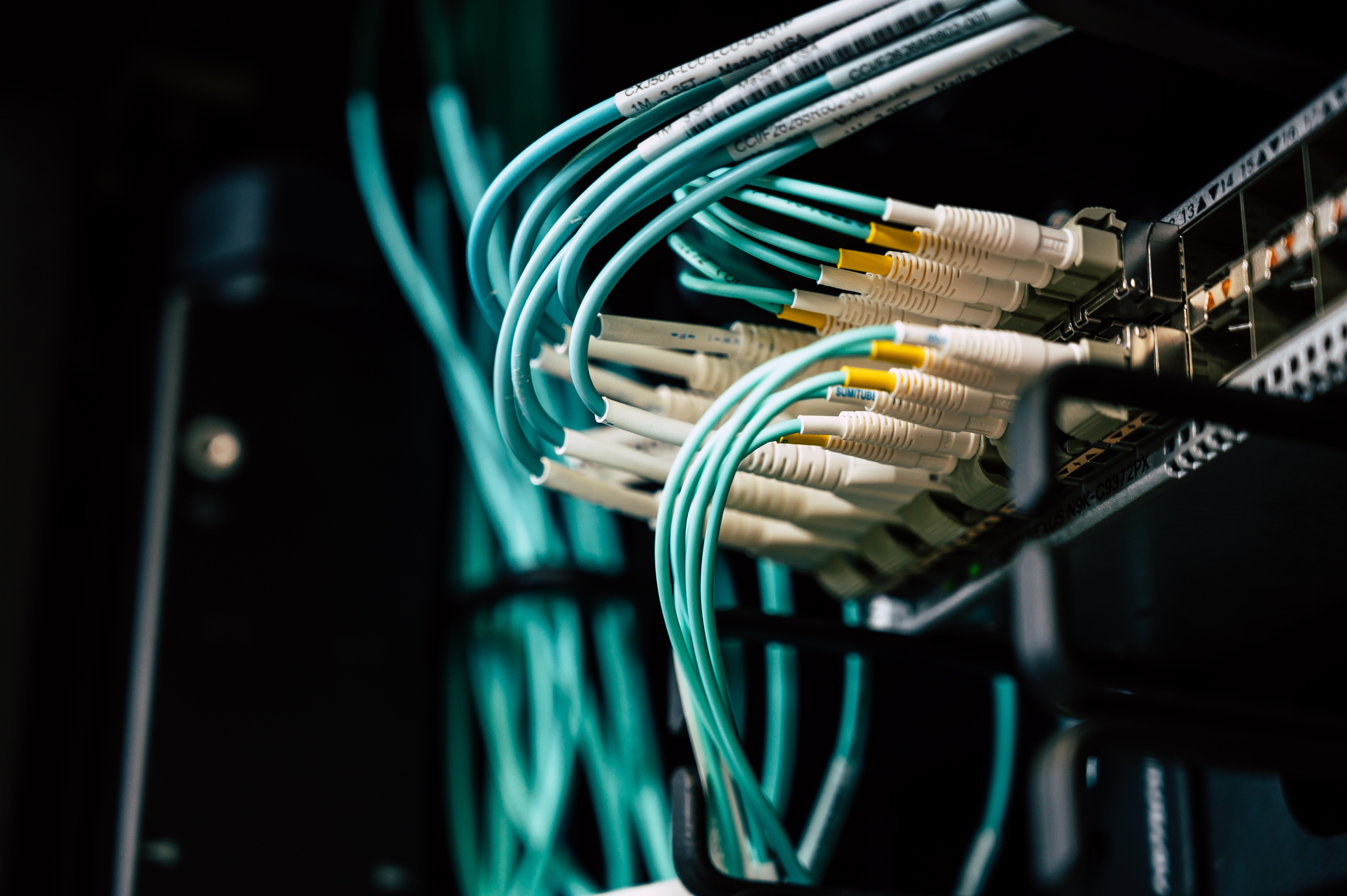
Unlocking the Potential of 5G: The Future of Connectivity at Your Fingertips
5G Technology: The Future of Connectivity
Introduction 5G technology is the fifth generation of mobile networks that promises to bring faster speeds, more reliability, and lower latency than its predecessor, 4G.
With the growing demand for data and the increasing number of connected devices, 5G technology is seen as a key enabler for the Internet of Things (IoT) and other emerging technologies such as virtual and augmented reality.
In this post, we'll take a closer look at 5G technology and its potential impact on various industries.
The Evolution of Mobile Networks The first generation of mobile networks, 1G, was introduced in the 1980s and was primarily used for voice calls.
2G introduced the concept of text messaging and data services, while 3G brought faster internet speeds and the ability to access the internet on mobile devices.
4G, which is currently the most widely used mobile network, offers even faster internet speeds and improved support for video streaming and other high-bandwidth applications.

5G Technology: Key Features 5G technology offers several key features that set it apart from previous generations of mobile networks.
High speeds: 5G networks promise to offer download speeds of up to 10 Gbps, which is up to 100 times faster than 4G.
This means that large files and high-resolution videos can be downloaded in seconds, and online gaming and virtual reality will be much more responsive.Low latency: 5G networks will have a latency of around 1ms, which is significantly lower than the 50ms latency of 4G networks.
This means that there will be less delay between when a user initiates an action and when it is executed, making it possible for real-time communication and control of devices.High capacity: 5G networks will be able to support a much larger number of connected devices than previous generations of mobile networks.
This makes it possible for more devices to be connected to the internet and for more people to access the internet at the same time.Improved security: 5G networks will have built-in security features to protect against cyber threats and data breaches.

Impact of 5G Technology
Internet of Things: 5G technology is seen as a key enabler for the IoT, which is the interconnectedness of devices and appliances that can communicate with each other and the internet.
With 5G technology, it will be possible to connect a much larger number of devices to the internet and for them to communicate with each other in real-time.
This will open up new possibilities for smart homes, smart cities, and other IoT applications.Autonomous vehicles: 5G technology will enable the development of autonomous vehicles by providing the high-speed, low-latency communication that is necessary for real-time control of the vehicle.
This will make it possible for cars to communicate with each other and with infrastructure, such as traffic lights and road signs, to improve traffic flow and reduce accidents.Virtual Reality and Augmented Reality: 5G technology will make it possible to experience high-quality, responsive virtual and augmented reality.
This will open up new possibilities for gaming, entertainment, and other applications that require high-bandwidth and low-latency communication.Healthcare: 5G technology will enable the development of new medical applications that require real-time communication, such as telemedicine, remote monitoring, and tele-surgery.
Industry 4.0: 5G technology will be a key enabler for Industry 4.0, which is the use of advanced technologies to improve manufacturing and other industrial processes.
With 5G technology, it will be possible to connect a much larger number of devices to the internetand for them to communicate with each other in real-time.
This will enable the development of smart factories and other Industry 4.0 applications, such as predictive maintenance and real-time monitoring of industrial processes.- Smart Cities: 5G technology will enable the development of smart cities by providing the high-speed, low-latency communication that is necessary for real-time control of city infrastructure.
This will make it possible for cities to improve traffic flow, reduce pollution, and provide better public services.
Challenges and Limitations
Infrastructure: 5G technology requires the deployment of new infrastructure, including small cell towers and other equipment, to provide coverage.
This can be a significant challenge, especially in rural and remote areas.Spectrum: 5G technology requires a large amount of spectrum to provide the high-speed, low-latency communication that it promises.
However, the availability of spectrum is limited and can be a significant challenge.Interoperability: 5G technology is being developed by multiple companies and organizations, and there is a risk that it will not be fully interoperable.
This can be a significant challenge, especially for applications that require communication between devices from different manufacturers.Security: 5G technology is still new and there is a risk that it will be vulnerable to cyber threats and data breaches.
This is a significant challenge that must be addressed to ensure the security of 5G networks and the devices that connect to them.
Conclusion
5G technology is the next generation of mobile networks that promises to bring faster speeds, more reliability, and lower latency than its predecessor, 4G.
It has the potential to enable new technologies such as the IoT, autonomous vehicles, virtual and augmented reality, and Industry 4.0.
However, there are also challenges and limitations that must be addressed, such as the deployment of new infrastructure, the availability of spectrum, interoperability, and security.
Despite these challenges, 5G technology is seen as a key enabler for the future of connectivity and has the potential to transform various industries and change the way we live and work.






Comments